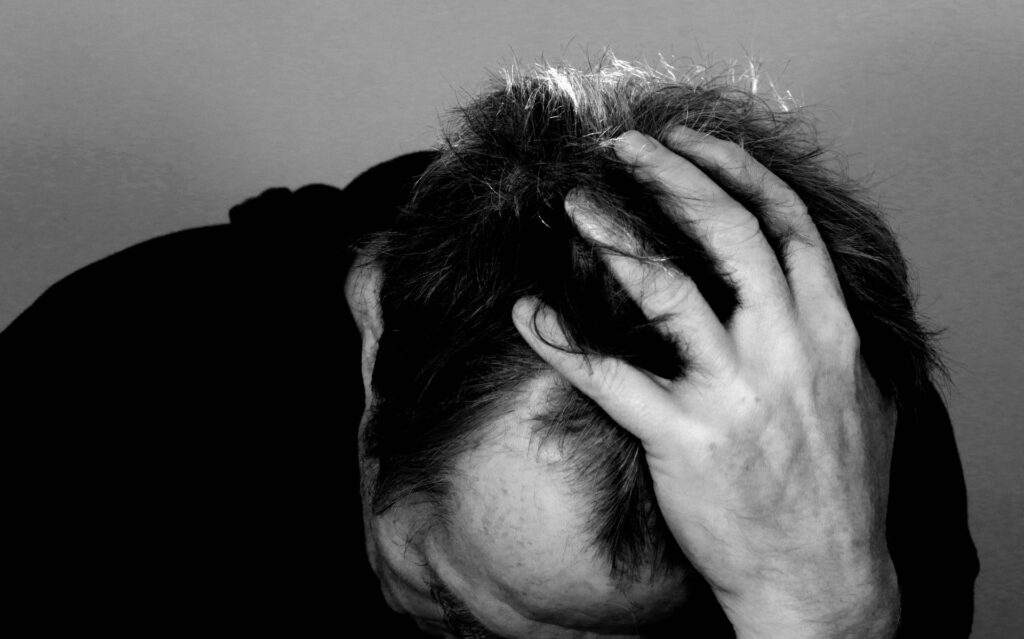
How many years of drinking before liver damage? The liver is an important organ in the body, converting food from one form to another. It also helps to detoxify the blood and produce bile that aids digestion. Nobody can tell how many years of drinking before liver damage but it does happen slowly.
Alcoholic liver disease is damage to the liver and its function due to alcohol abuse. It can be mild or severe and develops slowly over the course of many years.
What causes alcoholic liver disease?
Liver damage can be caused by a number of factors including heavy drinking, obesity and family history. Doctors can identify alcoholic liver disease by doing tests and imaging methods, such as an MRI scan of the liver or injecting dye into a vein to make detailed images of internal body structures.
Symptoms of alcohol-related liver disease can include unexplained weight loss, fatigue, nausea, vomiting, and abdominal swelling (abdominal fat). It’s rare for people with this condition to have any signs or symptoms before cirrhosis, but it may start when they drink excessively or binge drink.
How long will it take to recover from alcoholic liver disease?
The amount of time needed to recover from alcohol-related liver disease can vary from person to person, but it can usually be reversed if you stop drinking. Typically, you will need to be abstinent for about 6 months to repair your liver and get your health back on track.
What can be done to prevent alcoholic liver disease?
Having a healthy lifestyle, including eating a healthy diet, exercise and staying away from other toxins like nicotine will help to prevent or slow the progression of this condition. It’s also important to get vaccinated against diseases such as influenza, hepatitis A and B and pneumococcal pneumonia.
Occasional drinking with cirrhosis
Liver disease is the fifth biggest killer after heart attacks, cancer and strokes. It kills more people in the UK than diabetes and road deaths combined.
It is important to know that you can only prevent liver damage by abstaining from alcohol. If you do have a problem with drinking you need to seek professional help to stop.
Cirrhosis is a chronic disease that is caused by repeated liver damage due to chronic alcohol abuse. It causes scarring in the liver that can’t be healed.
About 10%-20% of chronic heavy drinkers develop cirrhosis. It is a very serious condition and requires special care.
If you have cirrhosis, it is important to avoid alcohol as much as possible because it can make the condition worse. You should also have tests to see how well your liver is working, such as a creatinine test and prothrombin time (PT) test.
You may need a liver transplant if you have cirrhosis and it is getting severe or your symptoms are not improving with treatment. The only way to cure cirrhosis is to get a new liver.
The risk of cirrhosis is higher for women than men. However, there is not enough research to find out if the risk is greater in women because of differences in how women and men drink.
Genetics plays a role in the risk of alcohol-related liver disease because family members with alcohol-related liver disease are more likely to have certain genes that affect how they process alcohol. They are also more likely to accumulate iron in their livers, which can increase the risk of cirrhosis.
How to repair liver damage from alcohol
The liver is an important organ that filters toxins and metabolizes food and drink. Alcohol is one of the most harmful substances for your liver and can cause permanent damage.
The best way to prevent liver disease is to drink responsibly, but many people find themselves unable to limit their drinking. Binge drinking, especially when consuming more than two drinks per day, can have devastating effects on your liver.

Repairing liver damage from alcohol
Alcohol damages your liver in three primary ways: by accumulating fat, by causing inflammation and irritation of the liver, and by causing scar tissue to develop. Although fat accumulation and inflammation are reversible, scarring from alcoholic liver disease is not.
Fatty liver (alcoholic fatty liver disease) is the most common form of alcoholic liver disease. This condition occurs in more than 90% of alcohol users.
Inflammation of the liver (alcoholic hepatitis) is another form of alcohol-related liver disease. This type of damage is typically reversible, but it can lead to long-term health problems and even death if left untreated.
Cirrhosis of the liver is also a serious liver problem that affects a large percentage of alcohol users. This condition can be fatal, as it involves scarring and destruction of your liver cells.
In most cases, alcohol-related liver damage is reversible, but it may take several months for the liver to heal itself. Until then, it’s important to avoid alcohol and make other lifestyle changes that can keep your liver healthy.
Signs Your Liver is Healing
The liver is an organ in your body that works to remove toxins, digest food, produce bile, and store energy. The liver also makes blood platelets and filters out harmful bacteria to prevent infections.
When the liver becomes overwhelmed by toxins, it can stop working properly. Alcohol is a common cause of this.
It can be difficult to know if you’re experiencing any early warning signs of alcohol damage, but a liver test is a good way to find out. It may take several days to months for the liver to heal, but there are some important signs that your liver is on the mend.
A decrease in blood sugar is a common sign that your liver is healing from alcohol abuse. The liver helps your blood balance its sugar levels by converting glucose to glycogen.
Having a more active appetite is another indicator that your liver is on the mend. This is especially true if you’ve been struggling with obesity, which can increase your risk of nonalcoholic fatty liver disease (NAFLD).
Jaundice
Yellowing of the skin and sclera is an obvious sign that your liver isn’t functioning as it should. This happens when a buildup of bilirubin causes the body to release excessive amounts of this substance. Improved blood clotting is another sign that your liver is healing. The liver helps your body clot blood by making bile salts that absorb vitamin K. When the liver is damaged, it can’t function as well, which leads to blood clotting problems.
If you liked the article, please donate!
